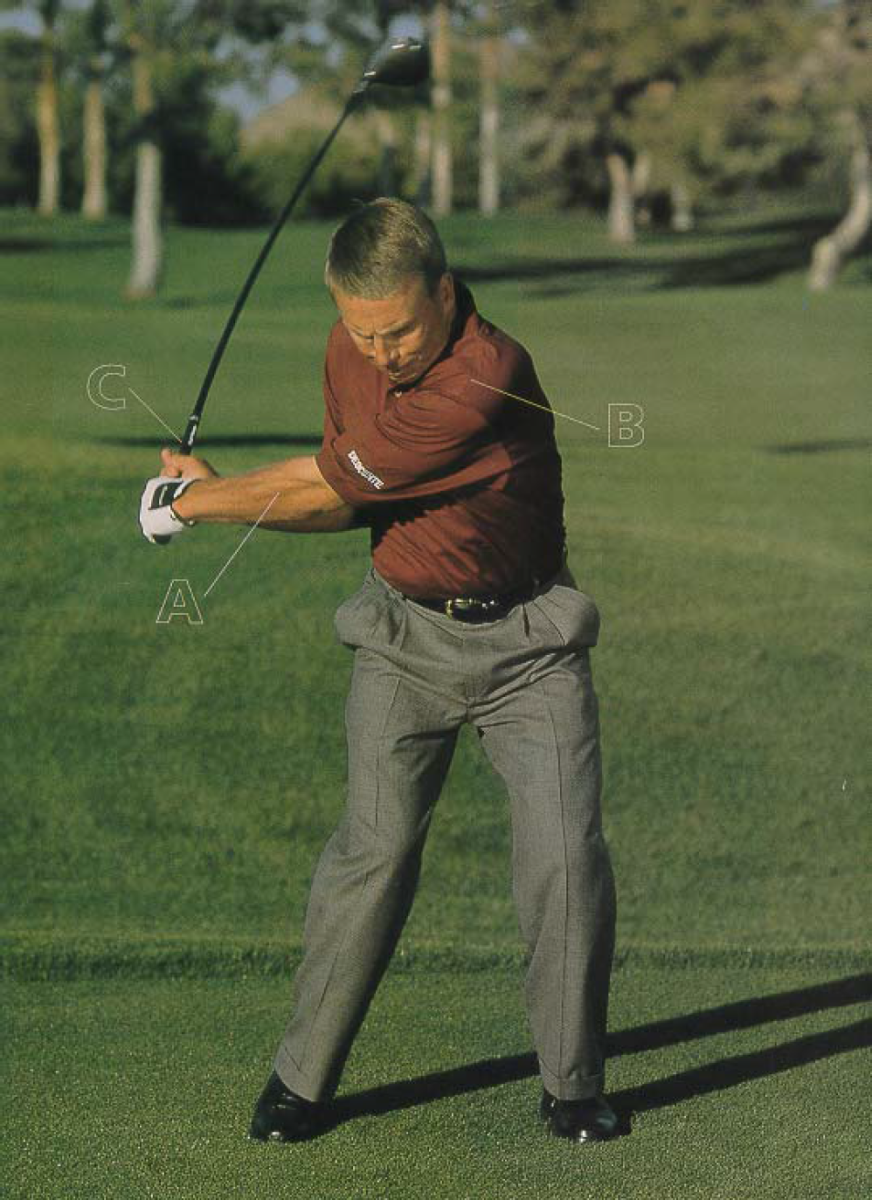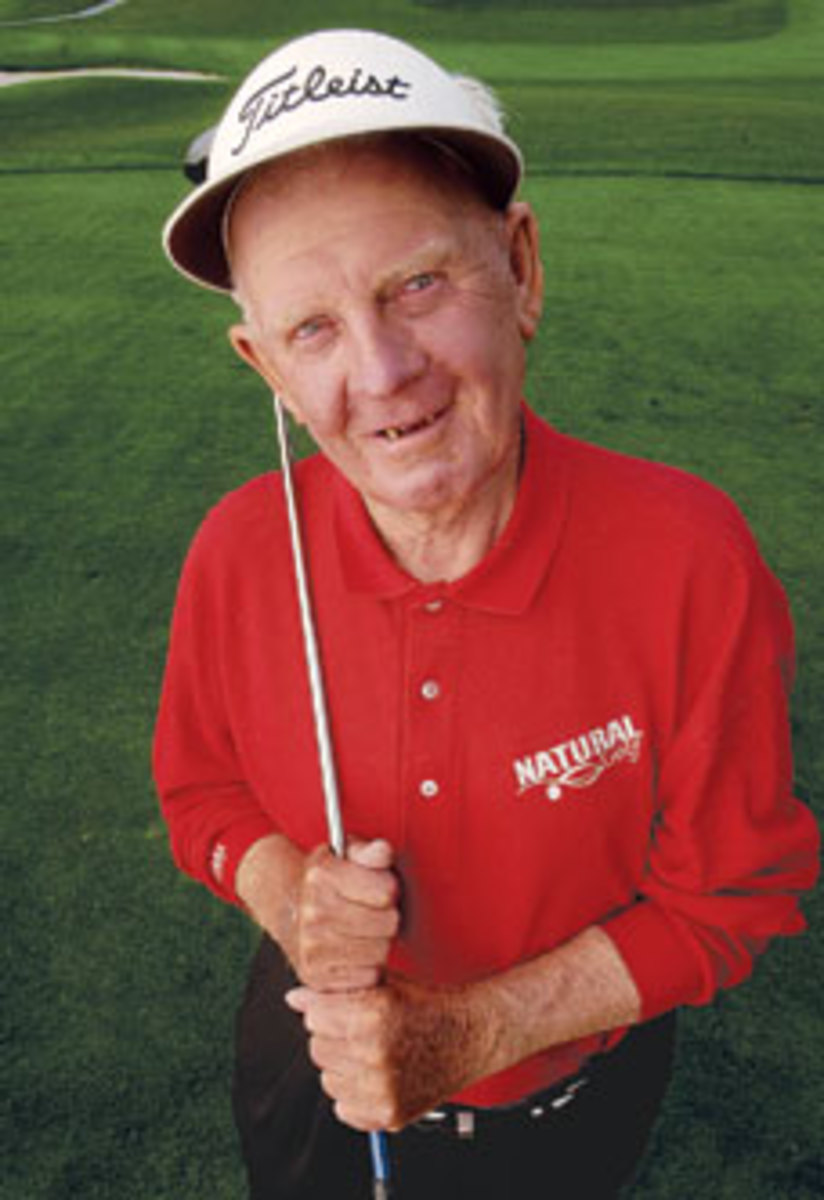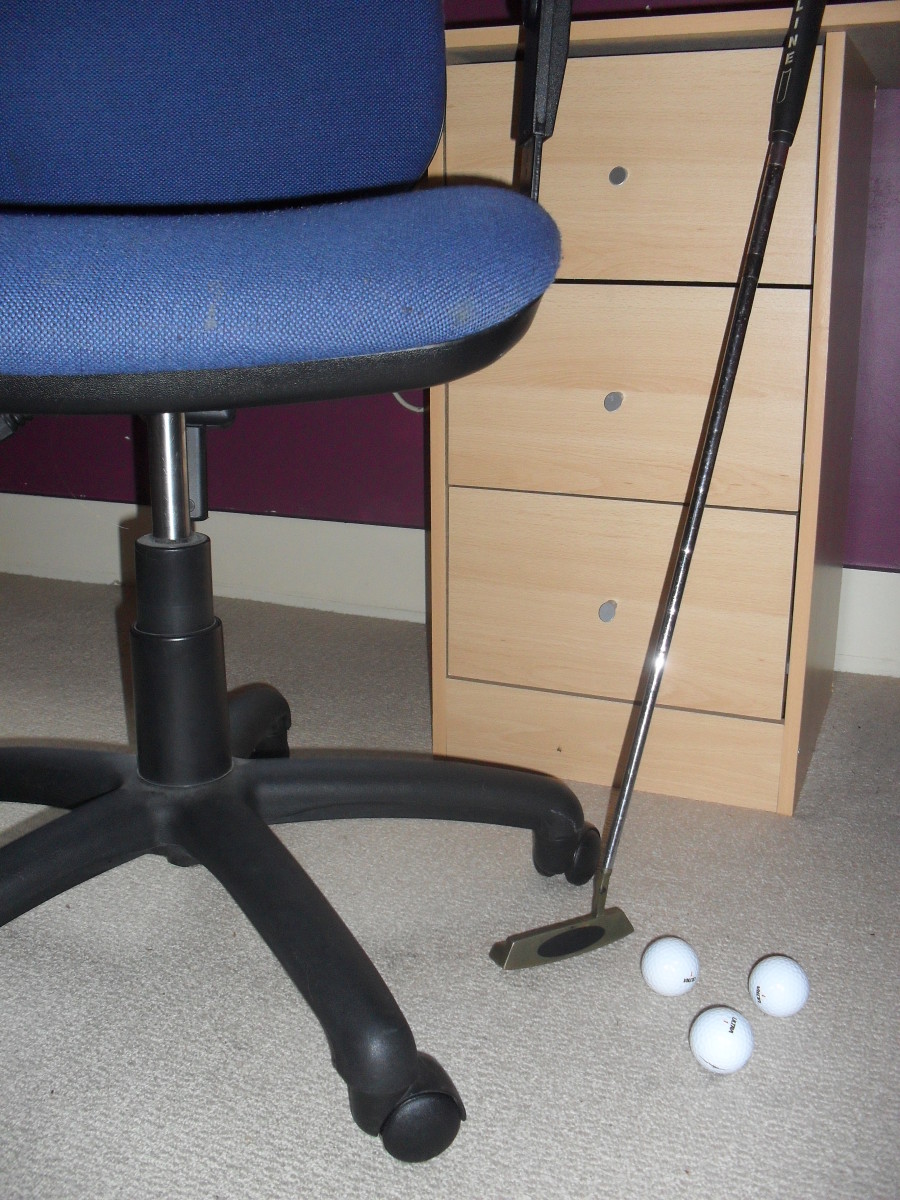Tips Self Taught Golf

Where To Start Learning Golf?
There isn't a better way than to have personal instruction when it comes to learning golf and willingness to follow instructions. The problem these days is that people don't just have one or two hobbies they have many interest and try to pinch pennies wherever possible. It is a choice between a golf lesson or two rounds of golf with your buddies. Or its golf lessons now and the fishing trip to Mexico next year, but all your friends are going this year.
Many golfers opt for the self teaching route thinking about saving money and that it can't be that hard. Yes you will save money but it is definitely not easy and you will struggle much longer than if you get professional lessons. Although professional lessons are still no guarantee that you will ever play good golf as it does take some athletic ability. If you choose to self teach then you should study all available information at your disposal, You should also at least break down and take one or two lessons to give a good understanding of the basics and build from there.
I chose the self teaching method as I could not afford lessons at all. I am lucky in the fact that the coarse where I live is very cheap to play and I do some work for the course manager that gets me some rounds. I used the internet to a great extent to learn what a golf swing is all about as well as the physics behind it. I was astonished at how complicated the golf swing is and how hard it is to learn to do right. Your body does not want to perform this move as it feels unnatural and is counter intuitive to what your brain thinks should happen.
Striking a golf ball is the first area we all get wrong because we believe that we must hit the ball up into the air, this does not work. The dynamics built into the club head are designed to perform this function for you in a different manner than your brain is telling you. You will hear golf talk on the tv and internet and they will keep mentioning that you must hit down on the ball. This is absolutely true, but it also gets misconstrued to mean that you smash the ball high and into the ground. What they mean is that the club must still be on the downward swing of the sweeping arc when contact is made, not setting up to smash the ball in the ground. This is where compression comes into play as the ball will be driven down first and become pinched in a sense between the club grooves and the ground.
My explanation is very easy for me to understand, but just as baffling as any I heard when I first started learning. Imagine the pendulum of a clock with a high left swing, a high right swing, and a bottom. The arc of the pendulum is wide, meaning it is a segment of a large circle, swinging left is the backswing. The ball would be placed just back of the bottom of the stroke so the pendulum would strike the ball before it reaches the bottom. The ball will explode forwad before the pendulum ever reaches the bottom as the pinch force is greater than the momentum.
Now I was able to grasp this concept readily, but it was not easy to put into practice. You instinctively use your hands and arms at first to steer and direct the golf club in an effort to hit the ball and not the ground. This, actually, is the second mistake and one of those things that a professional teacher would correct in the first lessons. The swing comes from the torso or core of the body, your shoulder rotating around your spinal axis. It sounds complicated and it is, but just think of your spine as an iron bar and you can only rotate around it without being able to sway or bend it. If you can do that and go with the rotation back and then stay with the rotation through the hit without firing your arms than you are a little closer to the truth behind the golf swing.
Don't get me wrong here because your hands arms do play a roll just not the one you think they play. Once you are able to rotate your shoulders round your spine you can start picking up speed on the through swing and that is where the power is stored, not in your arms or hands. This is a very hard hurdle to get over because you instinctively want to use your arms to add speed to the club. The arm sing is a killer and the cause of most miss hits and bad shots. When you swing hard with your arms, you can not help but contract your muscles. When your arm muscles contract your arms shrink so you will top the ball or start compensating by dipping your upper body to get down to the ball.
There has been a ton of books and videos done on the golf swing with more to come along with thousands of training aids, some good some garbage. One of the best is Ben Hogan's book on the golf swing and has been the swing book of many great pros. This book is still available and probably will be in print as long as golf is on this planet. I used this book to teach myself how to swing and golf club and to learn the dynamics. I highly recommend this book and have posted a link to it below, the best and cheapest golf lesson you will ever get.
The other thing you hear all the time is effortless power or effortless swing. This too is counter intuitive as there must be effort to swing a club at 90+ miles per hour. The meaning relates to arms or no arms and the sooner you trust your shoulders rotating around your spine to generate that power the sooner you will find effortless power. You can arm swing until you are blue in the face and be lucky to reach 80 miles per hour, but swing properly with your core once and you'll hit it farther than you ever thought you could. It's a hard concept to put into practice and golf is a very difficult game.
A great tip I pickup was to see your left shoulder under your chin on the backswing and see your right shoulder fire under your chin on the through swing. I should mention that I am speaking about right handed golfers in this blog and lefty should reverse accordingly. The sooner you get your mind off the ball, the club, your hands, and your arms and into concentrating on your shoulders turning around your spine properly the sooner you will be hitting real golf shots. You will know when you do it because you will feel the ball squash like a marshmallow upon the strike. Hitting on the toe all the time? Bad shoulder turn, too handsy most likely. You must also have your hands and arms perform their functions correctly, but I am emphasizing the shoulder turn as where you should start because everyone starts with the arm swing and must eventually abandon it down the line so better to work on the shoulder turn right away.
I have jumped way forward by not discussing the real fundamentals as they should be addressed in order. I did that by design as I wish it would have gotten into my head at the start that I was supposed to swing with my body rotation one shoulder under then the other then finish. If this would have been taught to me I could have saved four years of struggle. There are very crucial things that must be done in the setup to perform a golf swing that produce satisfactory results. the first result you really want is a well struck shot with correct shoulder turn that ends perfectly balanced on the left foot facing the target. If at any point you are out of balance or falling off in some direction you are probably swinging with your arms.
You see most beginning golfers falling backwards because they tightened their muscles to fire the arms forward and the body get thrown backwards because they are disconnected. In order to trow your arms you must give it a base of power which means you must stabilize your chest at some point creating a base for the muscle to contract too. Its like an out of balance pendulum that has had way too much weight added to it and lifted way past its usual backstroke arc. When released the momentum is too great and overcomes gravity flipping the clock on it side. The only way to have a really powerful balanced swing is to swing around your spine and allow your core to take you to the balanced finish and not your arms, your arms stay connected to your core and do not fire independently.
Your arms do some minor lifting and some minor swing initiation with a touch of rotation but that is all. Your hands gently grip the club and do some minor lifting and dropping of the club, they do not rotate over or waggle in the actual swing. You waggle or break your wrist in the setup routine when you perform a waggle to get loose, relieve tension, and get a feel for the swing path, but not in the swing it must stay connected and retain the angles you set at address.
Those are the best tips I have on the swing with one addition and that is your weight shift. You must get your weight to finish on your left side. Taken the club back and getting the left shoulder under your chin is a good time to start moving to the left. Just shifting over at this point to get your right shoulder forward of the ball is a huge power builder as well as a ball striking technique. It is very difficult to hit behind the ball when your right shoulder has been shifted forward of the ball position. This move sets power in motion and set you up for a downward strike and ball compression. It gets you into impact position which is the key to the whole enchilada.
But I recommend listening to a professional rather than me because I am just another golfer. As I mentioned before Ben Hogan's book is a must and David Leadbetter's video are really essential for self teachers. I don't recommend any of the gimmicky equipment training aides except alignment rods as I haven't used any. This information is coming from a self teacher who took five years to learn and has shot one over par and many rounds in the seventies with one tourneyment hole in one that cost me all my winnings at the bar.












